- Bernard Preston homepage
- Our green rainwater
- The Real Preston
The real Preston
The real Preston is a self-filling rainwater reservoir.
You may have heard of the phrase, “The Real McCoy” meaning the proper thing; it is popularly attributed to an escaped black slave in Canada who studied further in Scotland becoming a certified mechanical engineer. He was really an inventor, with eventually 57 patents to his credit, one of which was an automatic oiler of steam engines, formerly done entirely by hand.
The story goes that when purchasing an engine,
prospective buyers would ask if it had “the real McCoy.”
Today I introduce “The Real Preston.”
The real Preston
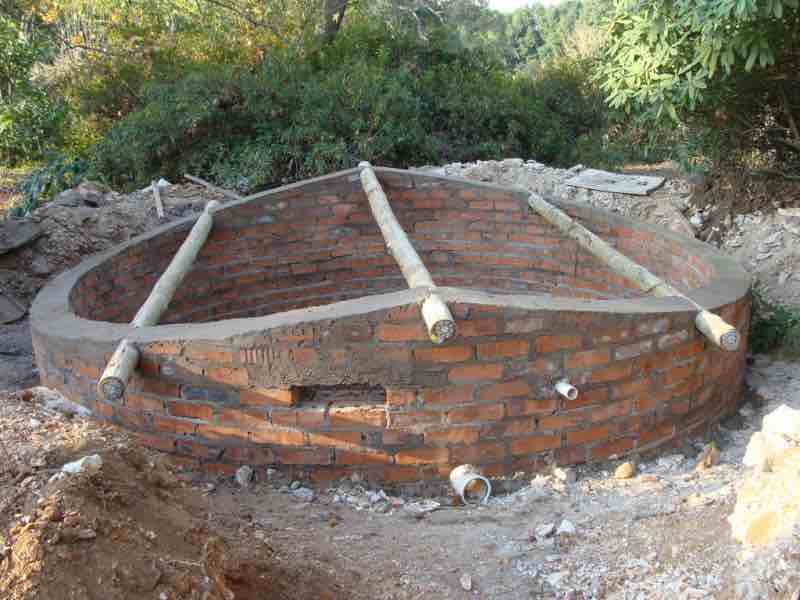
Few things are more empowering than becoming largely self-sufficient with regard to the supply of water for our homes.
Most South African women remain to this day under the curse of being carriers of water; on their heads rather than by hand, it is true. It’s not only about an adequate supply but equally breaking the chain of transmission of serious bacterial diseases like typhoid and cholera from a dirty stream.
According to the CSIR, “the rain can be harvested not only for domestic-use but also to provide water for schools and clinics.” All of the available options must include being able to store it on site.
PVC tanks
Most commonly reported is the government’s favourite, a 5000 litre PVC-tank costing apparently some R28.000 to install. Apart from the exorbitant price, it has a serious drawback, not unlike the engines prior to McCoy; it has to be filled regularly by a tanker.
Another rather better option would be a similarly sized fibreglass tank costing about R10,000 but it too has to be filled. They have the advantage of being nearly indestructible, are fire-proof and can be repaired if damaged.
The real Preston is cheaper
And now introducing “The Real Preston.”
The Real Preston has the distinct advantage over the government’s preferred container that for only an extra R2,000 if will store five times as much water, viz 25,000 litres; but its real benefit is that like McCoy’s oiler, it is filled automatically with no need to wait for the uncertain arrival of a tanker provided by the state. Well, one does have to be patient for the spring rains.
This self-filling Preston however does have one drawback; it must be erected adjacent to a roof with gutters. It is absolutely perfect for schools and has the advantage that it comes in many different sizes.
For a school the
governing body would need to look at a 500,000 litre Preston for a
pristine, reliable supply of water.
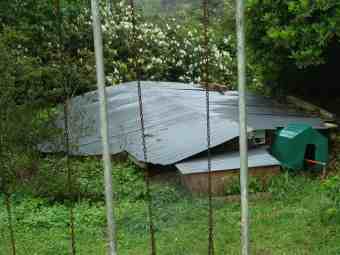
The cost of a 25kl Preston is roughly divided equally between material and
labour. Bricks, cement and stone would be priced about
R10,000; and half again for the roof and sand for the mortar.
Digging the hole by hand, mixing the concrete and laying the bricks takes ten days; plastering and fitting the roof about another three. It would all be done by six strong men in roughly two weeks unless they belonged to a trade union, in which case one would have to reckon on several months with a high risk of non-completion.
The 50,000 kl Preston would have huge economy of scale but obviously would demand the services of a properly qualified civil-engineer. The home job just requires a bit of savvy. Plastering it correctly is the only challenge; and placing some reinforcing in the base and walls.
Unlike McCoy, Preston never had the foresight to patent his design. It’s not rocket science.
The real Preston provides potable water
August was Women’s Month; few things would be more empowering than for government to establish dozens of teams to build Real Prestons, enabling the ladies to spend less time carrying water of questionable quality. Underground it is very cold, even in midsummer and I find it perfectly potable; but the good wife does boil hers.
As I write the spring rains have arrived and we listen with pleasure to the gurgle in the downpipes; and watch the water-level in the Real Preston rising. For ten out of twelve years we have again escaped having to use a drop from the utility. You could do the same; so should remote schools and clinics. There is no need to be beholden to state incompetence.
Water for food
Water for the garden certainly does not require chlorination. The real Preston will provide irrigation for all your vegetables and fruit trees too.
Broad beans for example, grown in the dry season must have ample water or they quickly take strain; becoming vulnerable to black fly and the pods shrink.
In all five Blue Zone countries they grow and eat broad beans. It's all about a compound called L-Dopa, the precursor to the happy hormone. They are also the only legume reputed to contain all the "essential" amino acids; and end to kwashiorkor.

Mountains of food
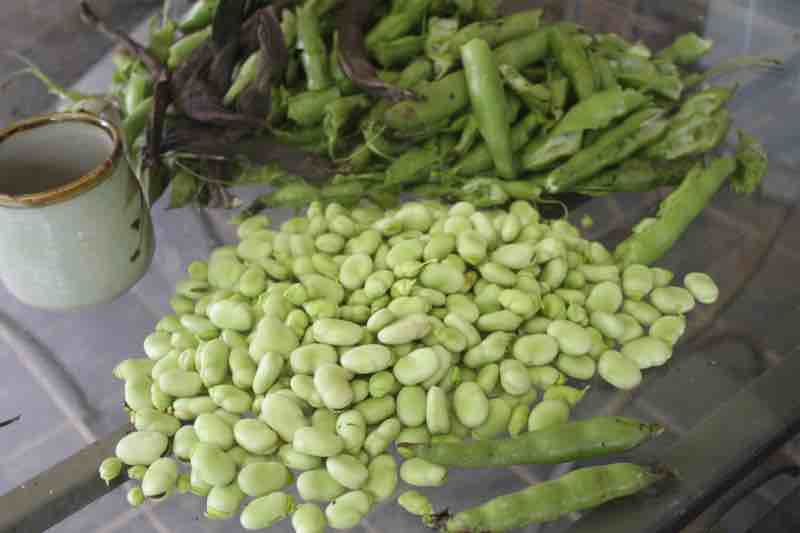 Broad beans from just two plants.
Broad beans from just two plants.Gardeners with a real Preston can grow mountains of food is ordinary suburban backyards.
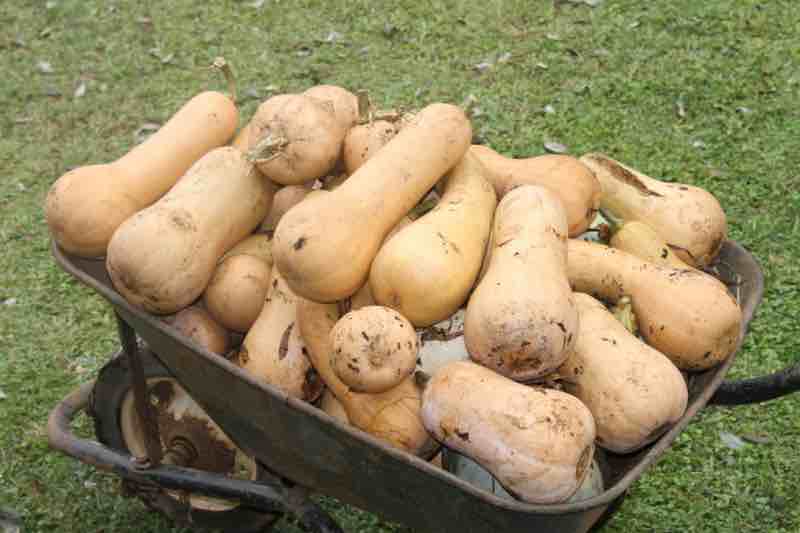
Butternut are a rich source of beta-carotene, the precursor of vitamin A. Researchers state that 5 South African children die every single day from a deficiency.
Less than 20% of South Africans grow any food at all. Real Prestons in every garden would dramatically change the face of the country.
Toxic poisons in reticulated water
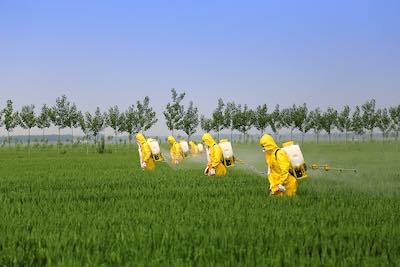
Without question toxic ecocides from runoff are finding their way into our rivers and dams; and thus to the reticulation.
The Real Preston will cut environmental poisons in your drinking water; and you really don't want to irrigate your vegetables with traces of toxic herbicides.
"Pesticide giants are busy pushing what they hope will be the next glyphosate, quietly drenching wheat and oat crops across Europe and Canada with chlormequat; their latest poison."
- eko.org
The question of how these fields are to be weeded is however glossed over by many environmentalists. At our Green Home we do it with a hoe; and on our hands and knees. We are that passionate about being healthy and living long in the land.
To what lengths are you prepared to go, to avoid becoming unnecessarily seriously ill?
The Real Preston
The Real Preston was conceived after seeing the oiler designed by McCoy that revolutionised steam-engines.
If I was to do it again, I would increase the diameter to five-metres; and perhaps a little deeper depending on how many houses it must supply.
- Rainwater - amazing Brad Lancaster video
When browsing use right click and "Open Link in New Tab" or you may get a bad gateway signal.
Newsletter
Our newsletter is entitled "create a cyan zone" at your home, preserving both yourself and Mother Earth for future generations; and the family too, of course. We promise not to spam you with daily emails promoting various products. You may get an occasional nudge to buy one of my books.
Here are the back issues.
- Lifestyle and ideal body weight
- What are ultra-processed foods?
- Investing in long-term health
- Diseases from plastic exposure
- Intensive lifestyle management for obesity has limited value
- A world largely devoid of Parkinson's Disease
- The impact of friendly bacteria in the tum on the prevention of cancer
- There's a hole in the bucket
- Everyone is talking about weight loss drugs
- Pull the sweet tooth
- If you suffer from heartburn plant a susu
- Refined maize meal and stunting
- Should agriculture and industry get priority for water and electricity?
- Nature is calling
- Mill your own flour
- Bake your own sourdough bread
- Microplastics from our water
- Alternative types of water storage
- Wear your clothes out
- Comfort foods
- Create a bee-friendly environment
- Go to bed slightly hungry
- Keep bees
- Blue zone folk are religious
- Reduce plastic waste
- Family is important
- What can go in compost?
- Grow broad beans for longevity
- Harvest and store sunshine
- Blue zone exercise
- Harvest and store your rainwater
- Create a cyan zone at your home
Did you find this page interesting? How about forwarding it to a friendly book or food junkie? Better still, a social media tick would help.
- Bernard Preston homepage
- Our green rainwater
- The Real Preston
Address:
56 Groenekloof Rd,
Hilton, KZN
South Africa
Website:
https://www.bernard-preston.com